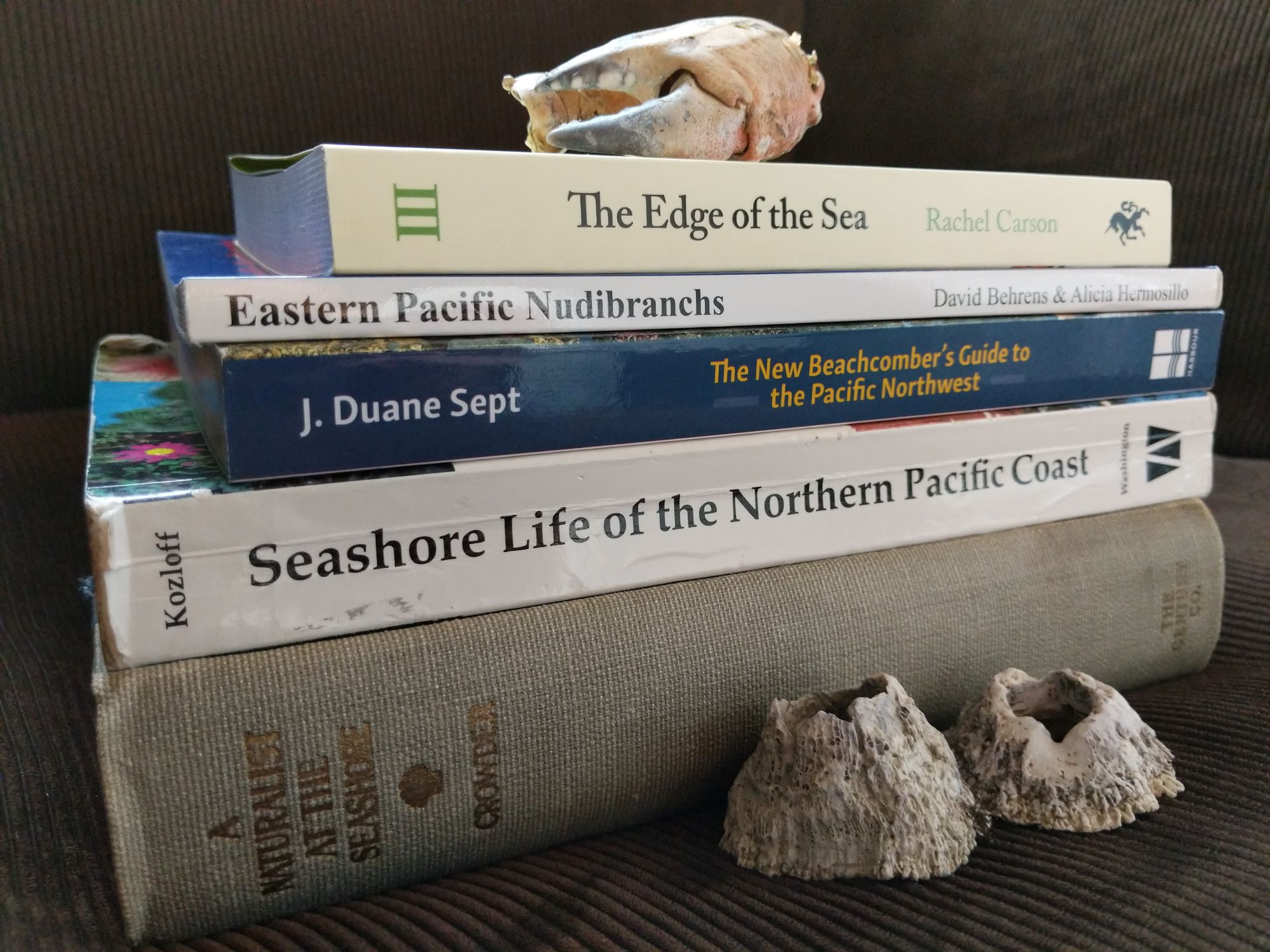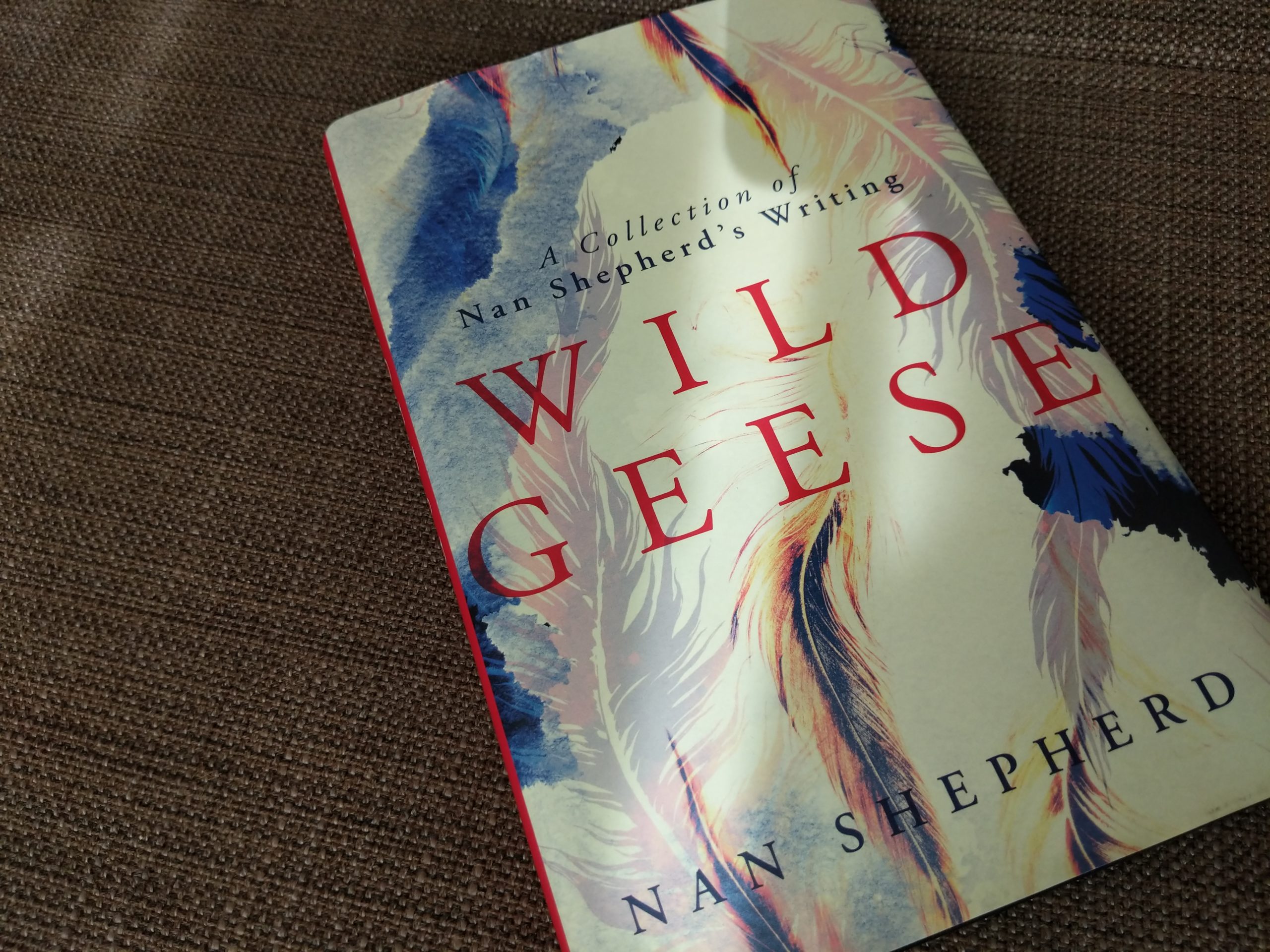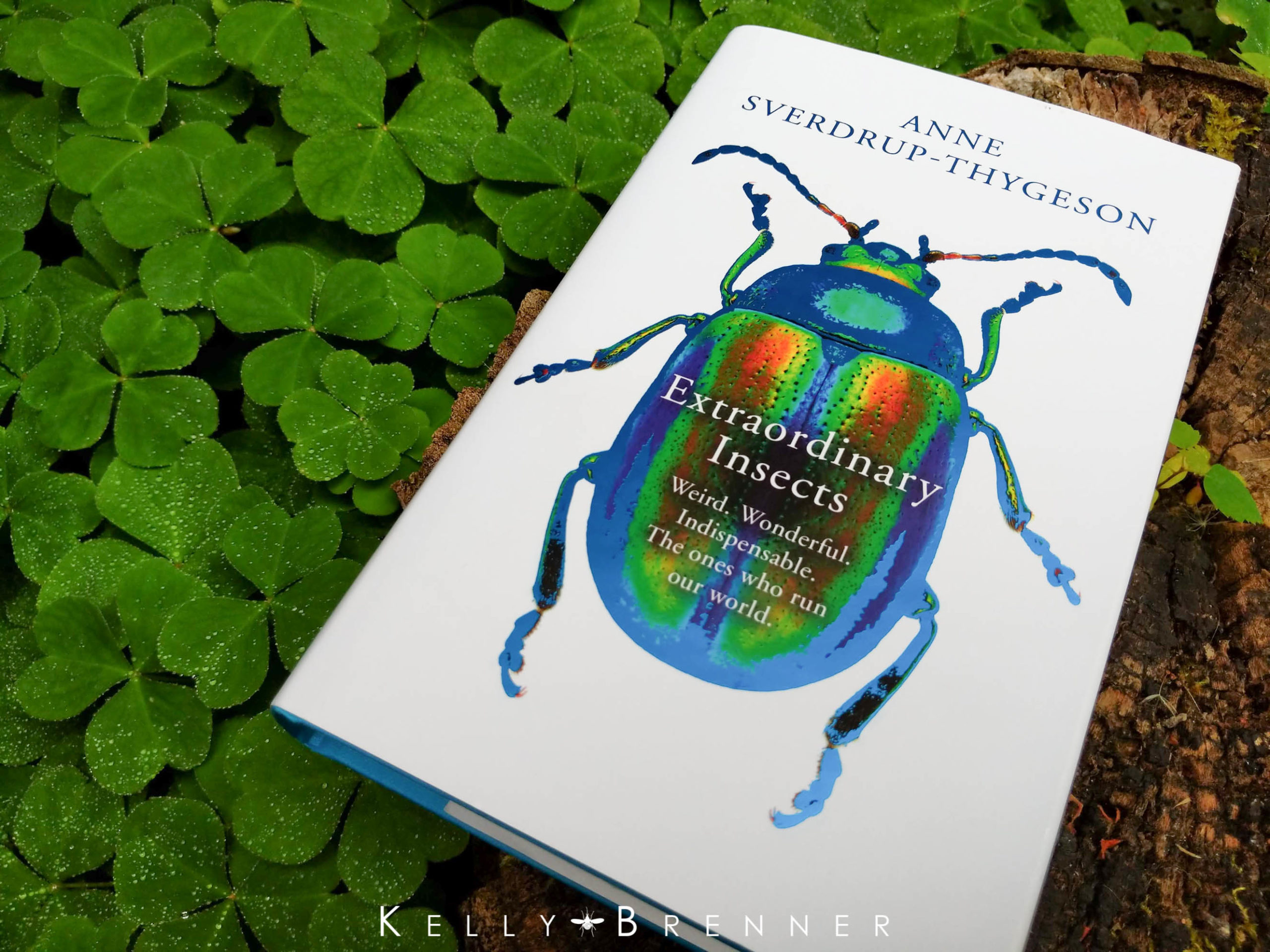 Written by four experts in the field of green roofs, the new book Small Green Roofs: Low-Tech Options for Greener Living
Written by four experts in the field of green roofs, the new book Small Green Roofs: Low-Tech Options for Greener Living was promising before it was even released. It doesn’t disappoint. Full of information about small green roofs, their construction and biodiversity and plants, over half is devoted to 40 case studies. The book is full of inspiring and beautiful images of a wide variety of green roofs on all manner of buildings and structures. Written for homeowners, architects, landscape architects or ecologists, it’s a valuable resource on a practical level that serves as an excellent companion to the many other green roof books on the market, while at the same time offering a completely unique approach to the way green roofs have been previously written about.
The book is divided into 5 logical and easy to follow sections; Introduction, Making a Green Roof, Planting Green Roofs, Green Roofs and Biodiversity and finally Projects. The introduction discusses green roofs on a smaller scale, a brief history of small-scale roofs and the benefits of green roofs. The book states that by creating a small green roof you are making a “very powerful and a deliberate and positive act to make a difference. It is life-enhancing and will do you good, as a person, as well as doing good for the wider environment.” I found this sentiment could have equally been about creating backyard habitat. Many homeowners create habitat for these very reasons, because it makes a difference, benefits themselves and does a wider good for the environment. In addition, the book suggests that another benefit of small scale green roofs is that there is a greater likelihood of success because there is a “higher degree of ownership and care compared with the larger commercial and corporate green roofs”. This idea again lies parallel to backyard habitat and it is so important because many homeowners together can make a huge difference. Hopefully many of the same adventurous backyard wildlife gardeners will embrace this idea as well.
The ‘Making a Green Roof’ chapter dives into the decision of DIY or hiring a contractor and discusses both options in detail. The book then gets into the details of weight, materials, support, construction, drainage, irrigation and other important considerations. The following chapter, ‘Planting Green Roofs’ discusses the different types of green roof plants such as sedums, grasses, wildflowers, bulbs, vegetables and herbs and compares their growing habits and explains how that affects what type of roof and growing substrate they are most suitable for. It also describes options of how to structure and mix plants and how that decision can impact maintenance and aesthetics. Finally the chapter discusses how to start plants on the roof and the benefits of different options such as pregrown mats, seeding, plugs or natural colonization. All of this is valuable information for the DIY homeowner or professional designer.
The fourth chapter, ‘Green Roofs and Biodiversity’, is probably my favorite. It discusses how all green roofs provide some value for wildlife, but with good design the roof can provide excellent habitat. Roofs offer a safe haven for many wildlife species to forage or nest on and can provide urban habitat where the land may not otherwise be able to do so. The basic design principles are discussed and can make a roof into valuable habitat with simple steps. One of those principles which are key, is a varying substrate depth because this provides a variety of benefits such as offering places to burrow for insects and provides more diversity. Various substrates and a diversity of plants also encourage a wider variety of wildlife, particularly insects by offering different microhabitats. Other tips include adding structural features such as stone or dead wood. Also detailed are the species that may inhabit the roof and the book discusses the importance of certain species on roofs and what has been found previously on existing green roofs.
Finally, the bulk of the book are the case studies which are divided into project types; sheds garden offices and studios, garages and other structures, houses, bicycle sheds and other small structures and lastly, community projects. There are examples from several countries and all manner of setting and structure. Many also show the roofs at different stages and during various seasons which gives a great idea of how the roof changes over time. Each project discusses the design principles, construction, what worked and didn’t work and insights from the authors. Among my favorite projects are the ‘Allen Carport Rain Chain Garden’ which is a beautiful example of how a carport can be attractive and functional. We’ve all seen carports in apartment complexes which are a major blight. This project demonstrates that parking can be aesthetic and functional without giving up green space, particularly when the roof is designed in conjunction with the surrounding landscape. Another I like is ‘The Muse’, a home converted from an old factory that stood in the midst of the surrounding housing and which now has multiple levels of green roofs. The lower level contains patio areas, a hazel grove and nest boxes and the upper level a meadow which is inaccessible to provide a wildlife oasis. The roofs also include dead wood, a sand mound for nesting bees and native plants. There are many other excellent projects in the book, all of which have valuable lessons and ideas.
Overall this is an excellent book detailing the many aspects of small-scale green roofs. That’s not to say that it’s only suitable for homes, garages or sheds. There are many urban, commercial and industrial applications that could benefit from this small-scale approach such as bus shelters, carports, park shelters and public restrooms among others. If you’re interested in larger applications be sure to read Planting Green Roofs and Living Walls, another excellent green roof book by one of the authors.
Small Green Roofs: Low-Tech Options for Greener Living
Edmund C. Snodgrass, Nigel Dunnett, Dusty Gedge, John Little
Timber Press 2011
Other books by the authors






